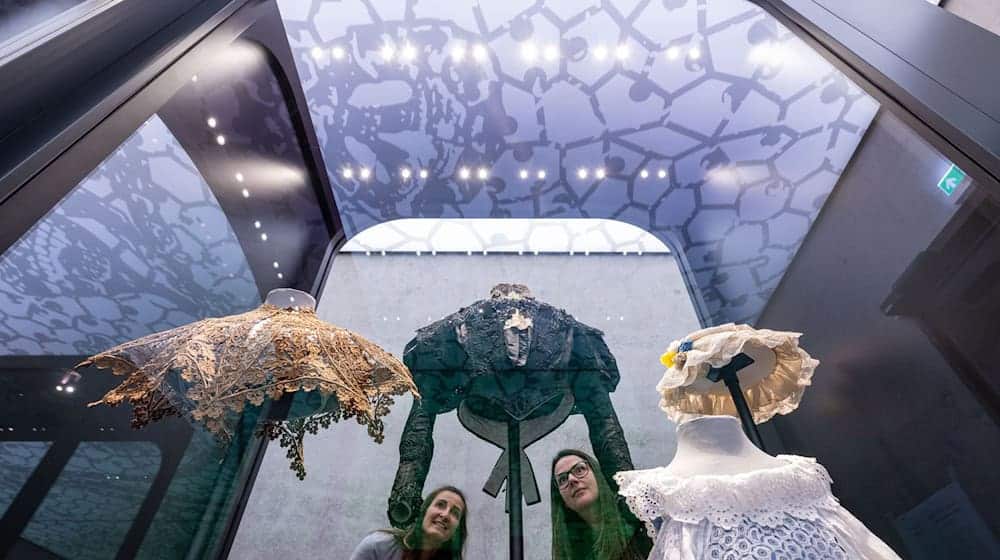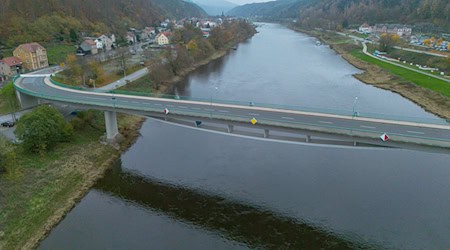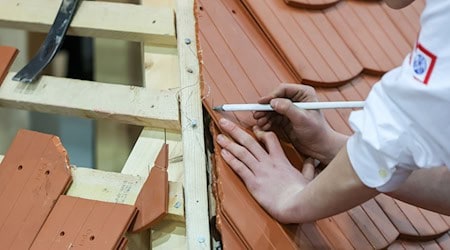Despite many crises and uncertain markets, Plauen lace has maintained its place as a high-priced niche product in the world of home textiles and fashion. "Compared to other bad news in the textile sector, our industry is still quite stable," says Andreas Reinhardt, Chairman of the Plauener Spitze und Stickereien industry association.
All six manufacturers in the Vogtland region who are allowed to use the protected trademark have "found their own specializations" in recent years and have survived as a result, according to Reinhardt at the Lace Forum in Plauen. For four days, manufacturers, institutions and creative people from the region's textile industry will be presenting their products.
Changing crises
The "Plauener Spitze" - once the city's most important bestseller and traditional product - has been struggling with changing crises for decades, however. "The focus on major customers and mass production no longer works due to cheap competition from Asia. But the division into many small, very different customers has a stabilizing effect," explains Reinhardt. Manufacturers advertise "Plauen lace" as a "high-priced, handcrafted niche product with tradition".
The usefulness of dividing up small orders among many international customers is currently becoming apparent. Exports to the USA are a cause for concern. "Sales here have now completely collapsed due to the high tariffs." This is regrettable because the US market has proven to be particularly crisis-proof so far. Japan and South Korea, on the other hand, developed slightly positively. Russia and China have "no longer played a role for some time".
Also in demand as Christmas decorations
Despite this, the loss of the USA is "not immediately a threat to our existence", says Reinhardt. "Foreign markets always fluctuate." Due to the specialization of the manufacturing companies, lace is now not only sold as curtains or table linen, but is also used as window decoration, fashion accessories, Christmas tree decorations or in the technical sector as fibre-plastic processing. "The items are often produced in smaller quantities or made to measure. Everything is discussed more digitally and directly with the customer," says Reinhardt. In addition to the six brand companies, there are other embroidery companies in the area, but they do not use the protected name "Plauener Spitze".
The brand celebrated international success after its presentation at the World Exhibition in Paris in 1900 and experienced a heyday around 1910. From 1990, the industry, which once employed thousands of people, experienced a downturn.
Copyright 2025, dpa (www.dpa.de). All rights reserved










